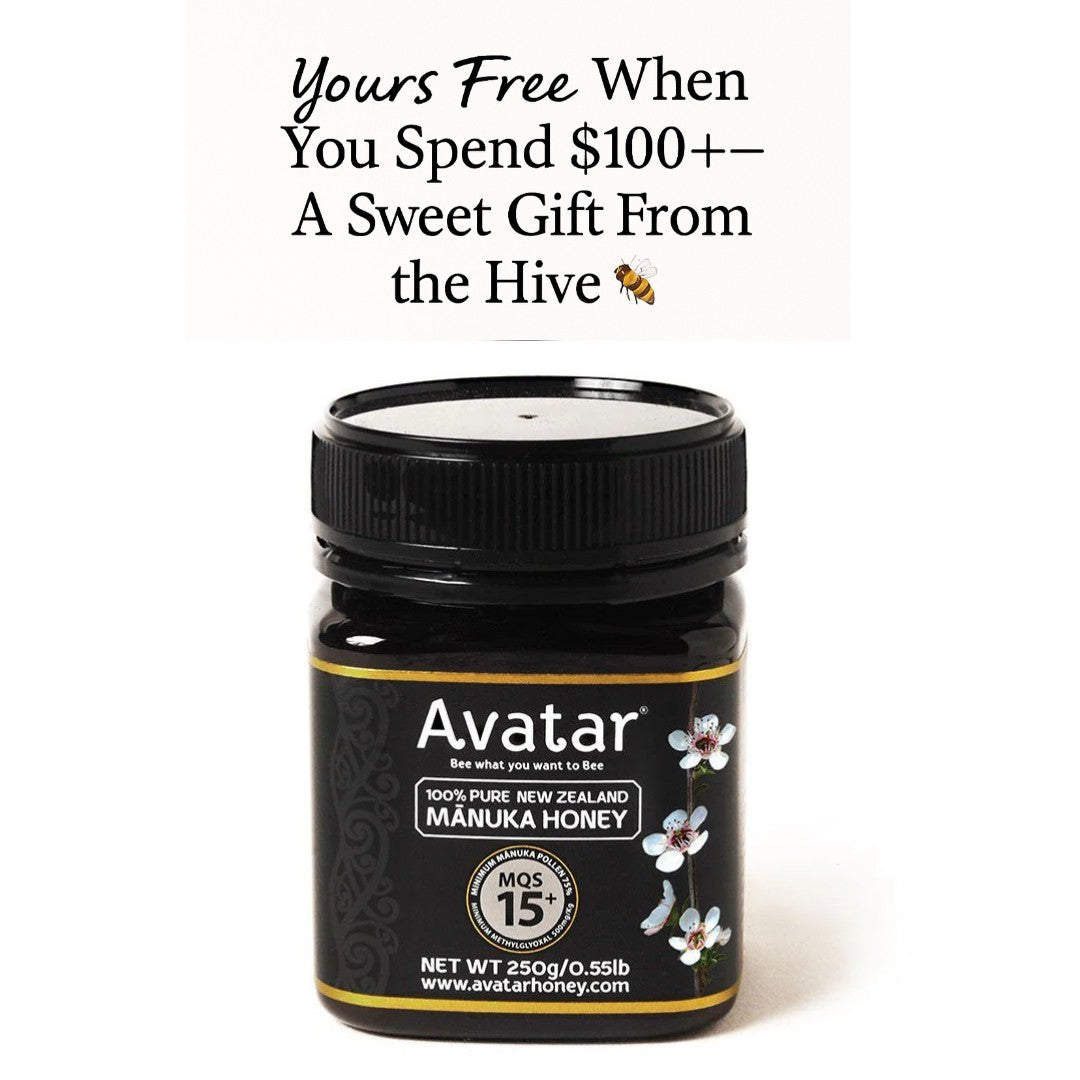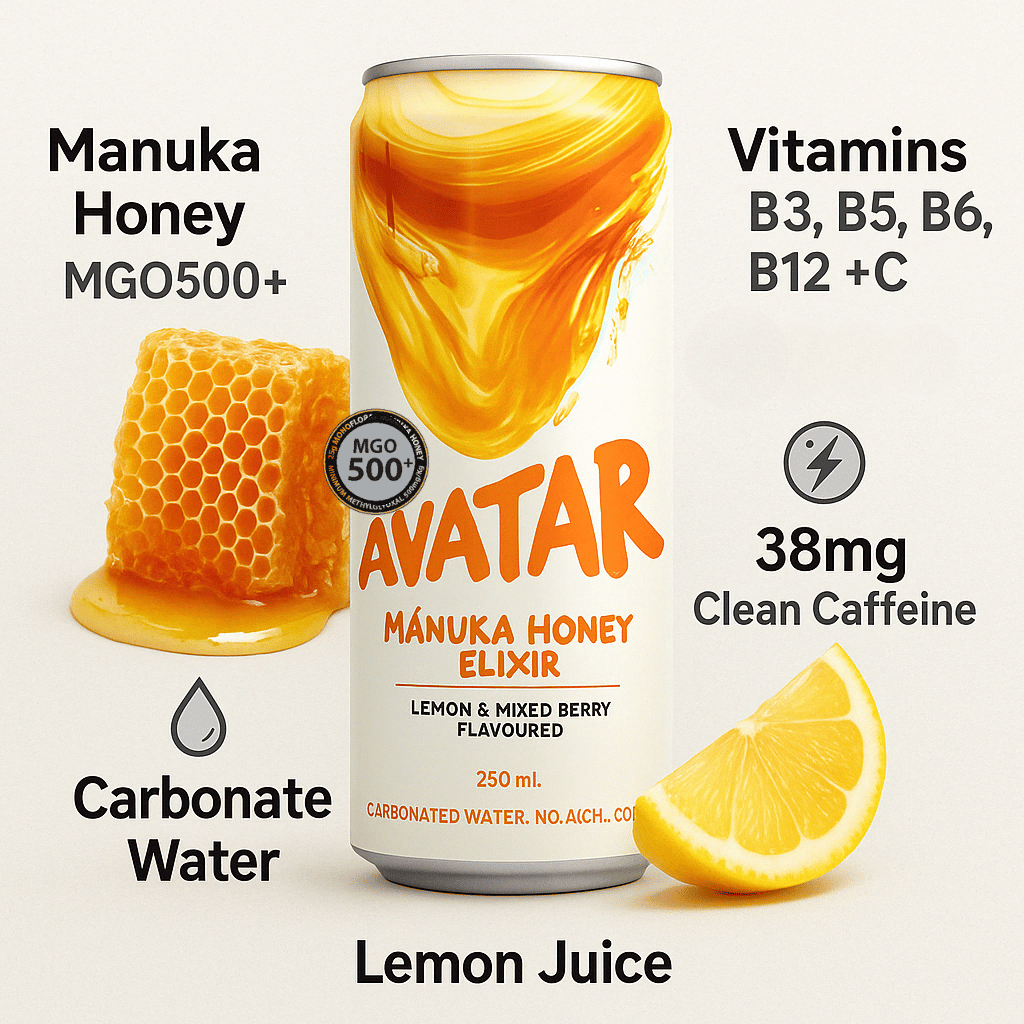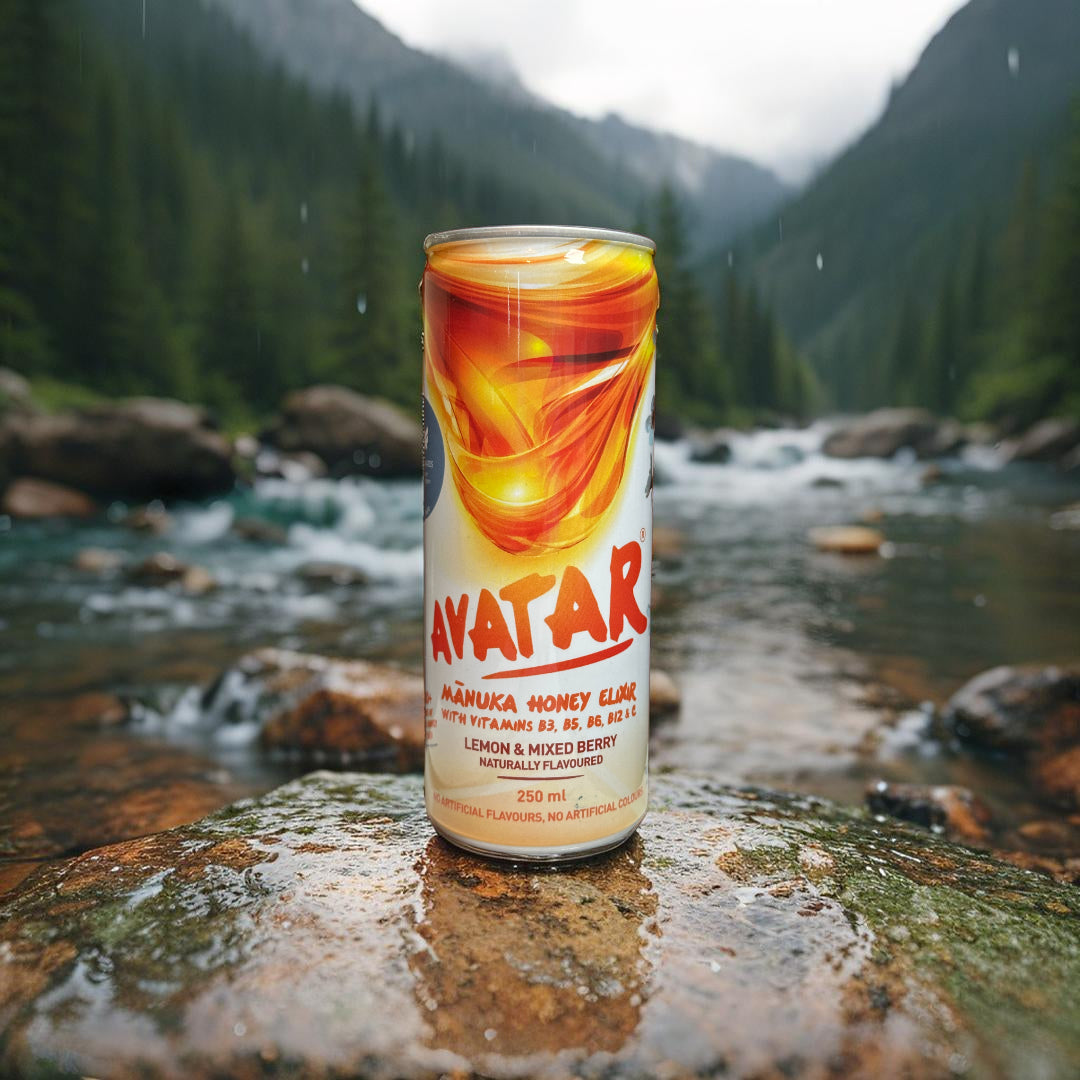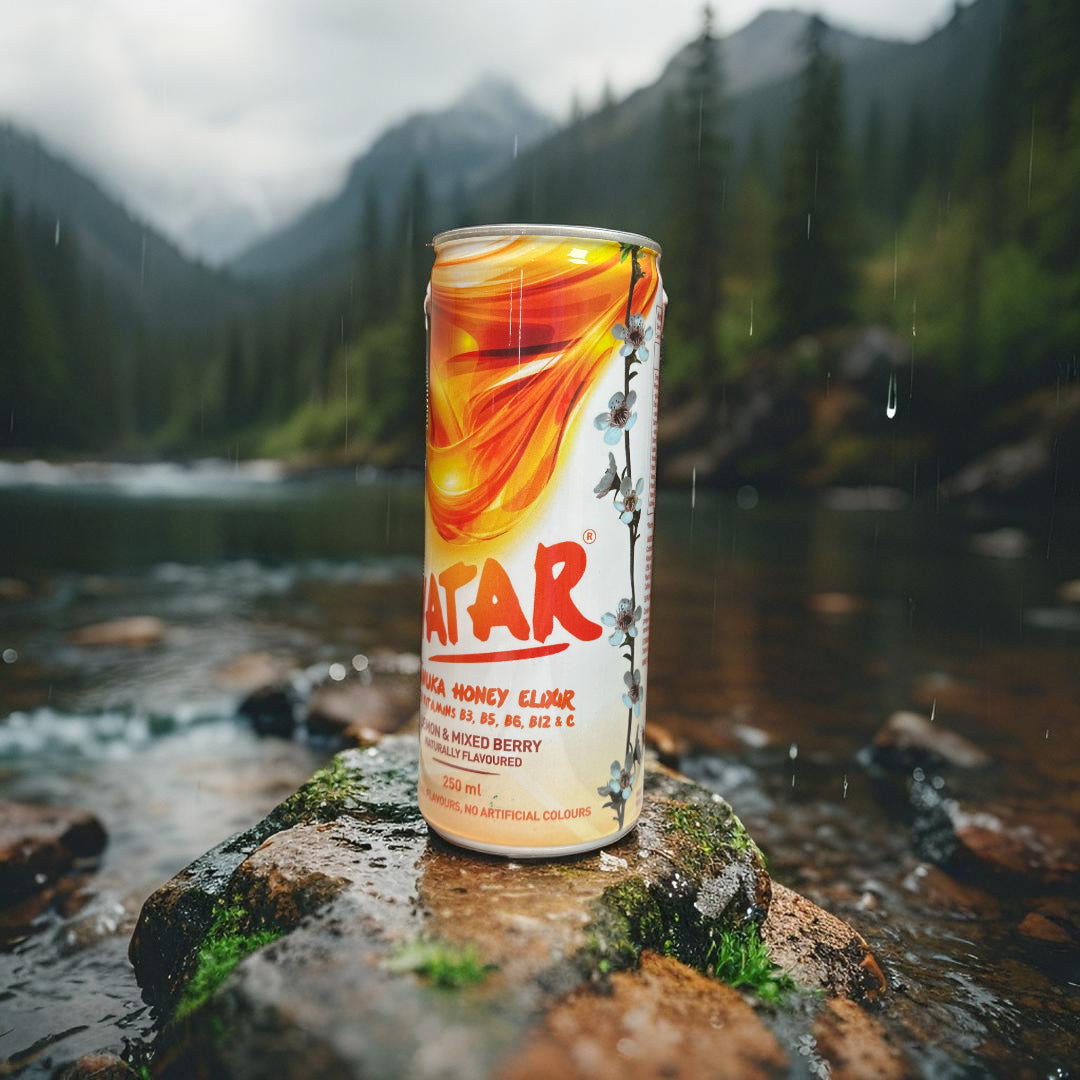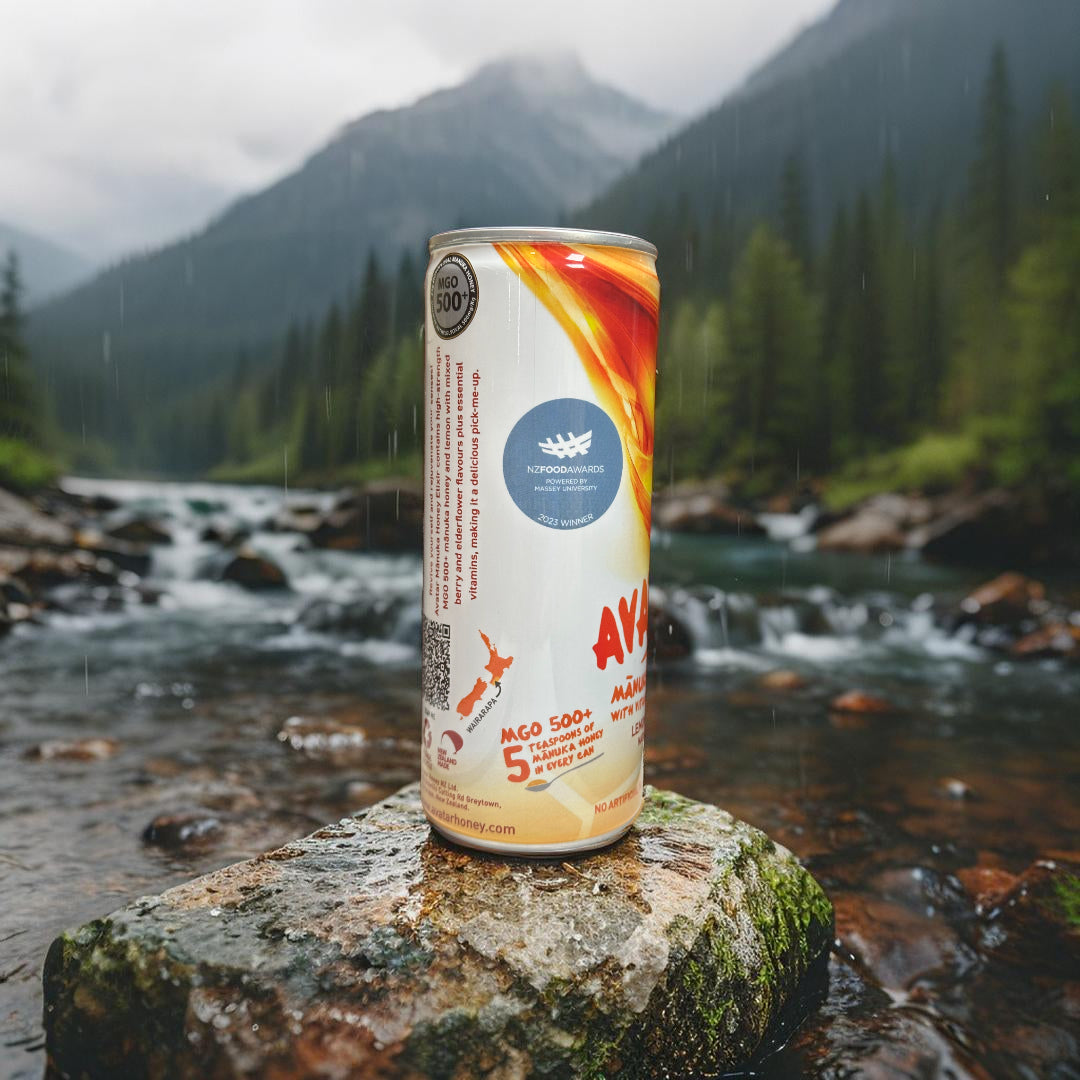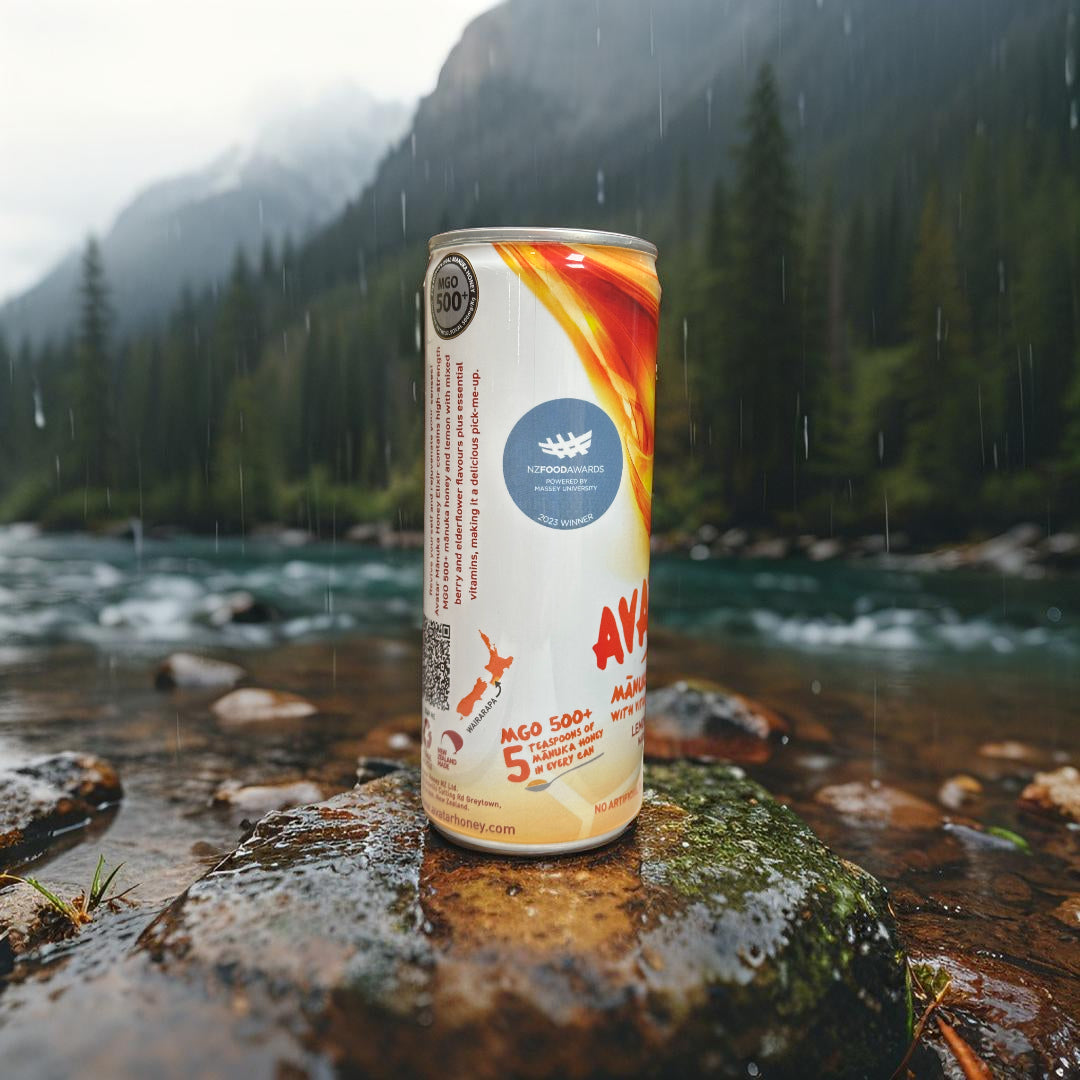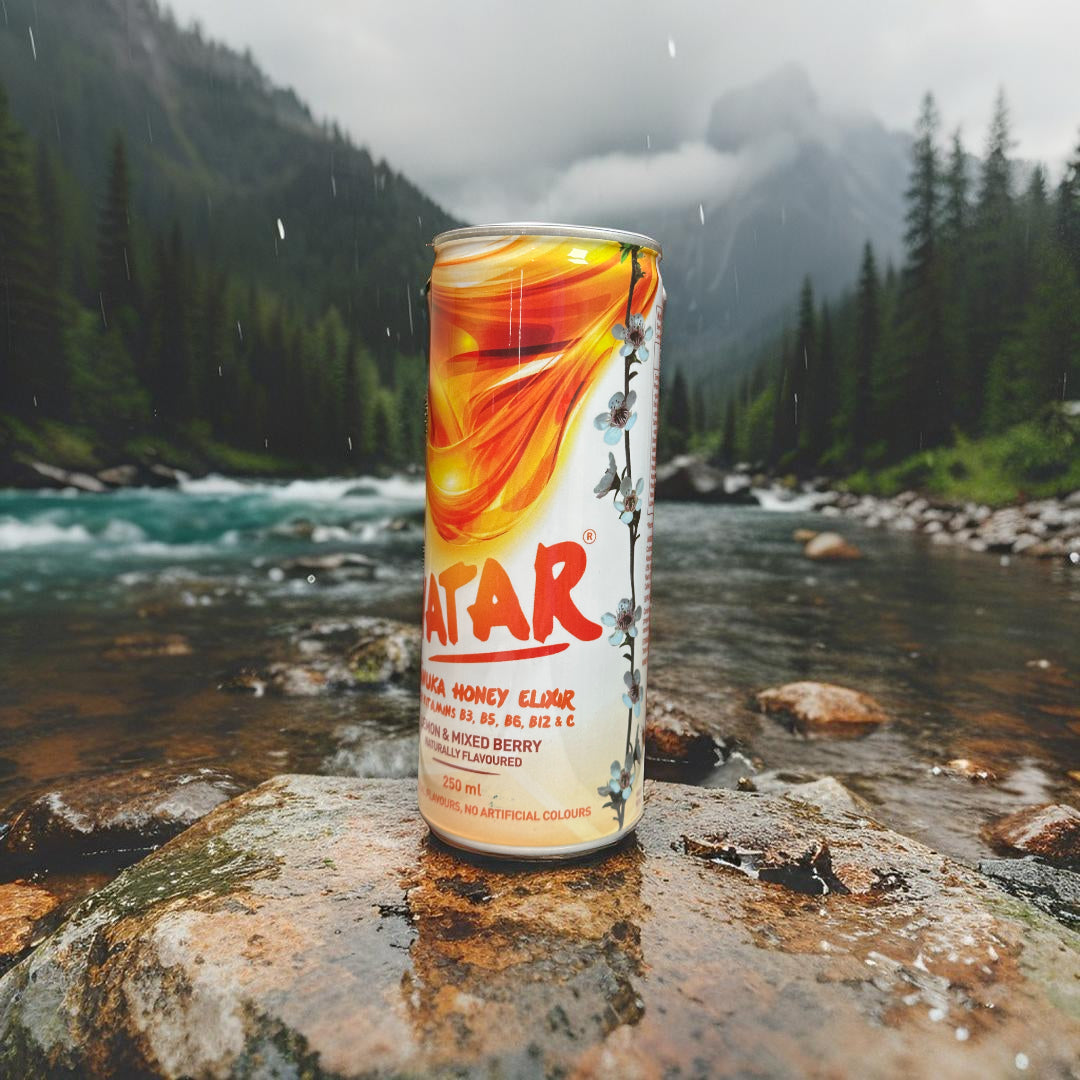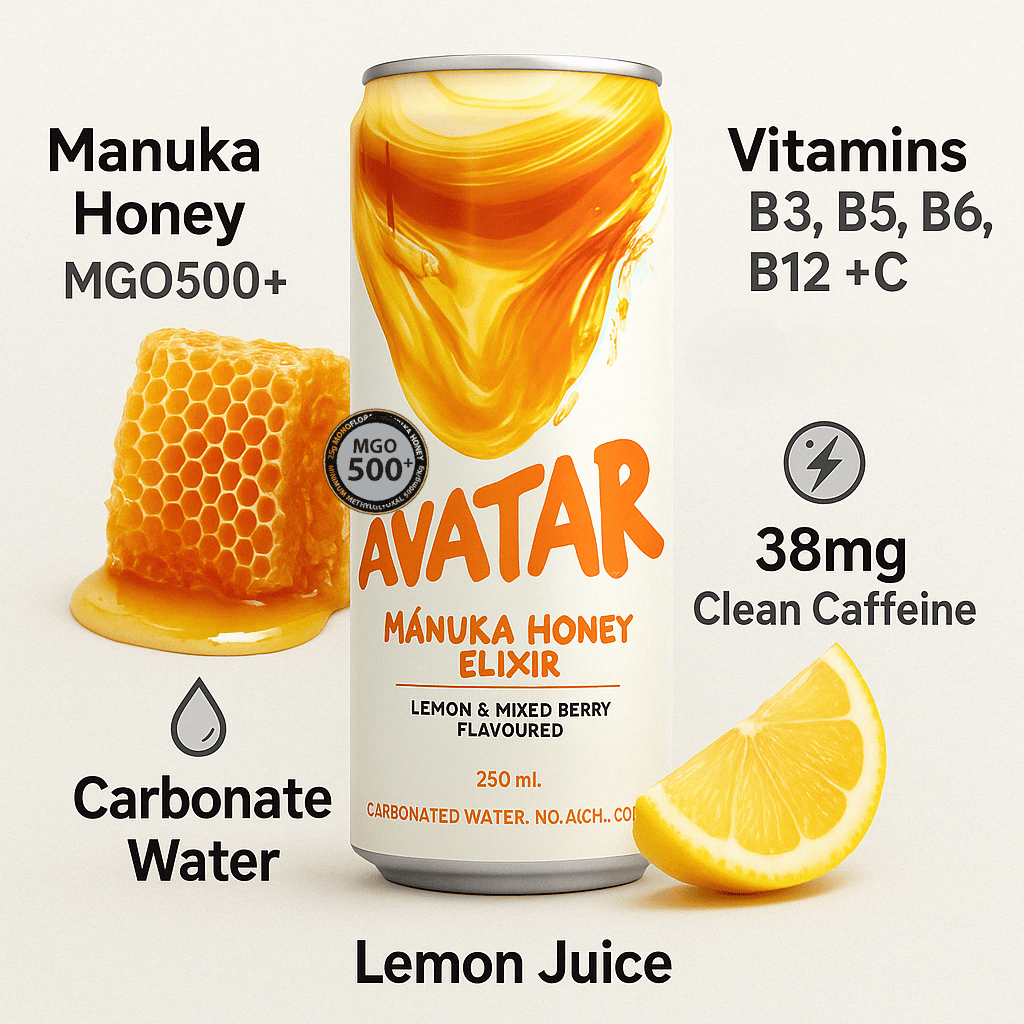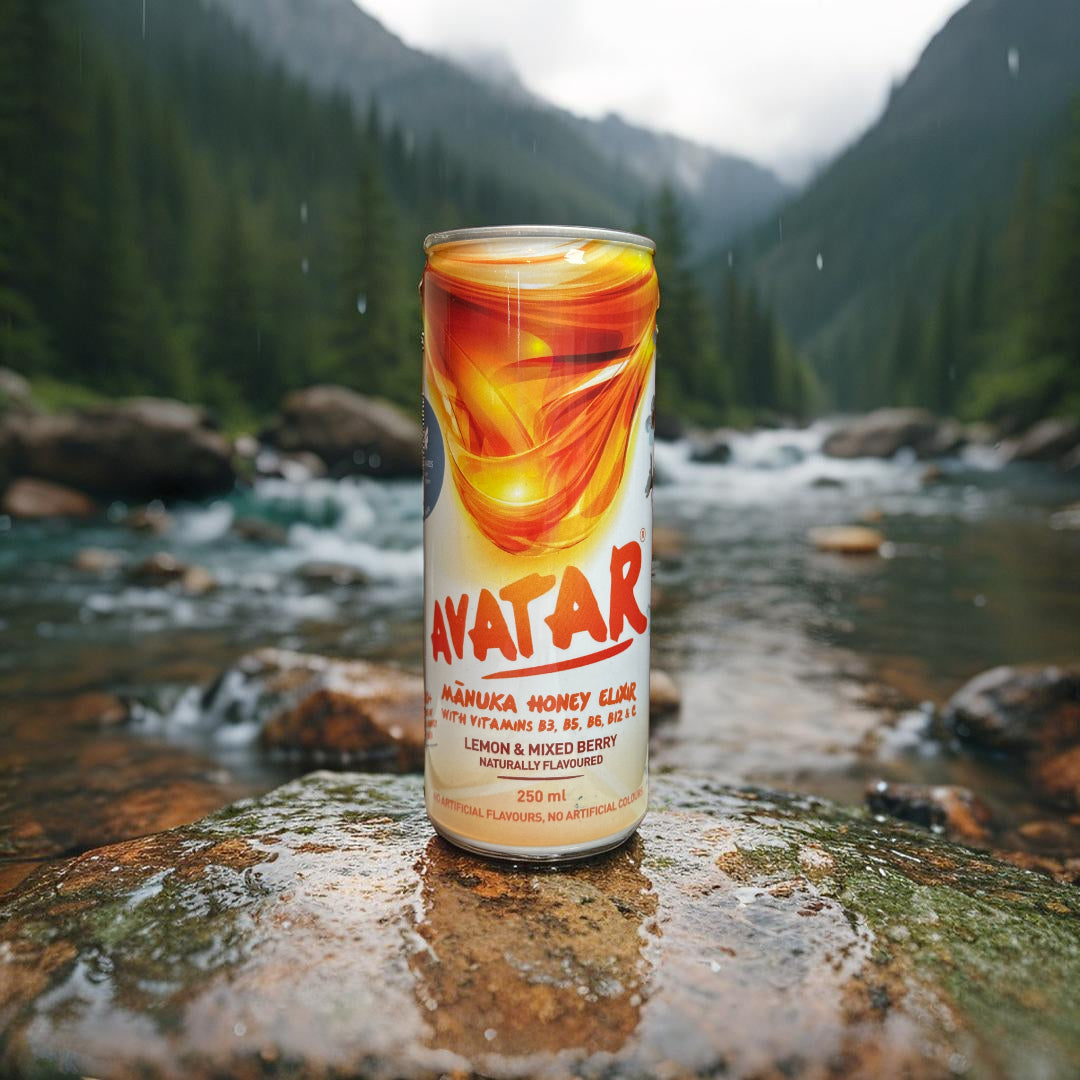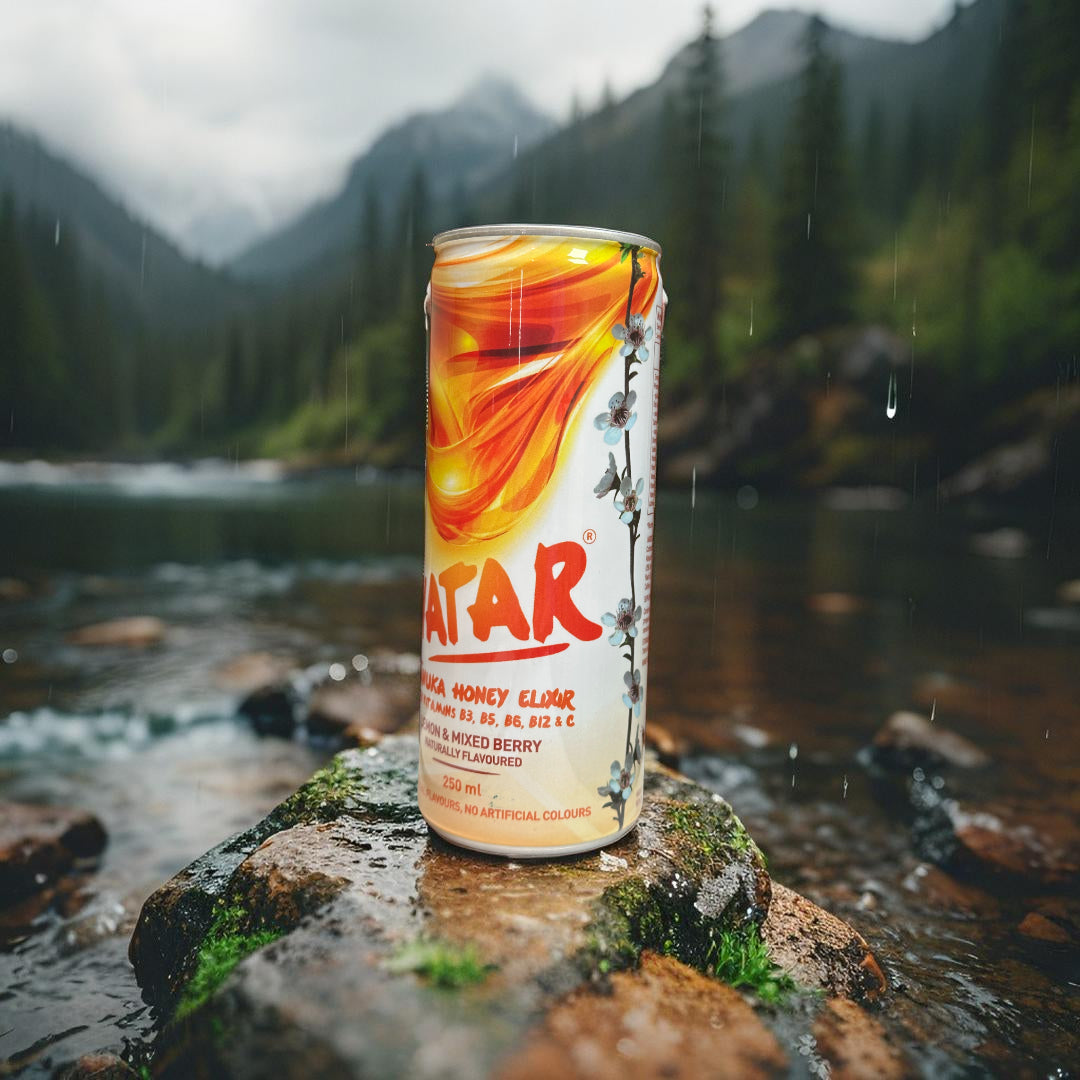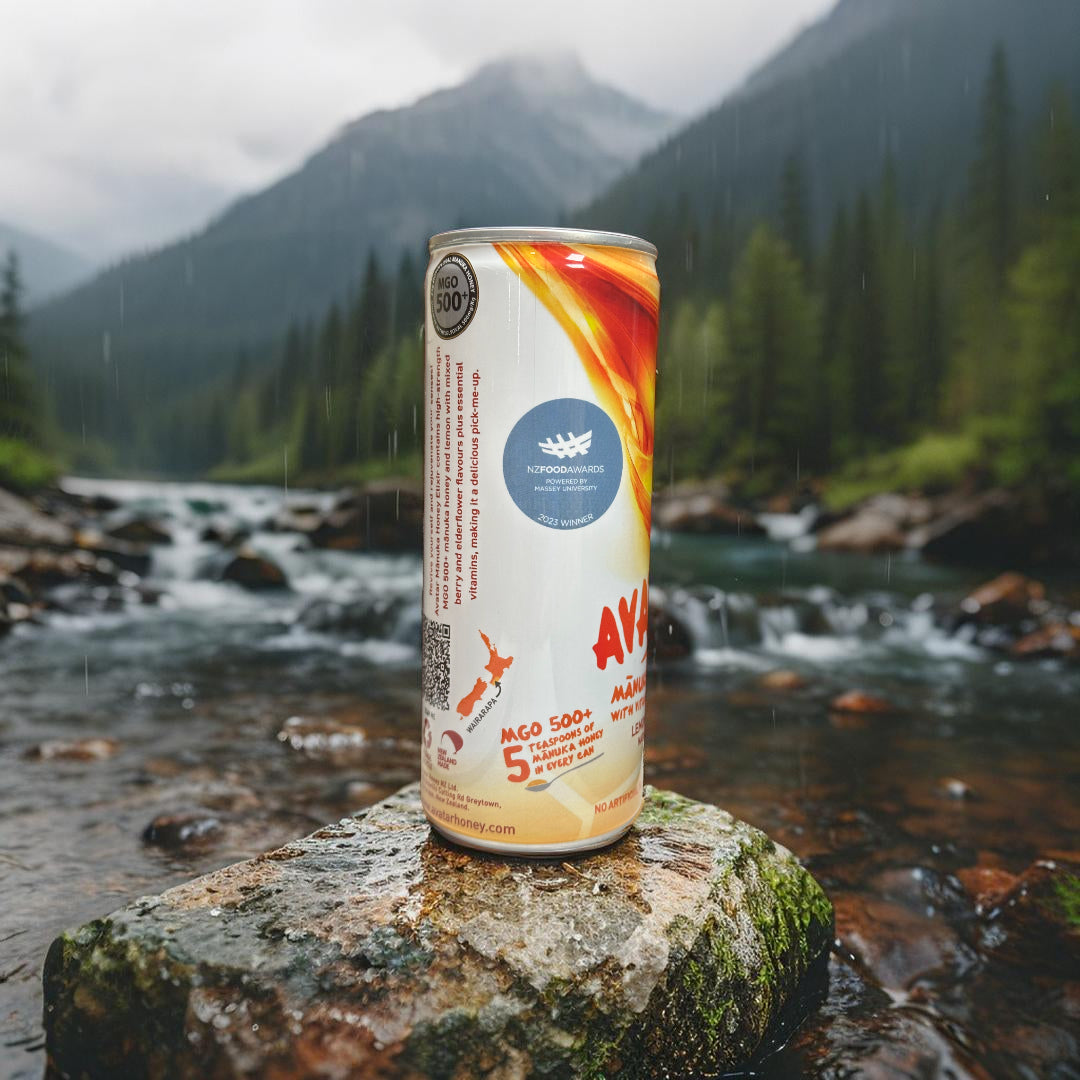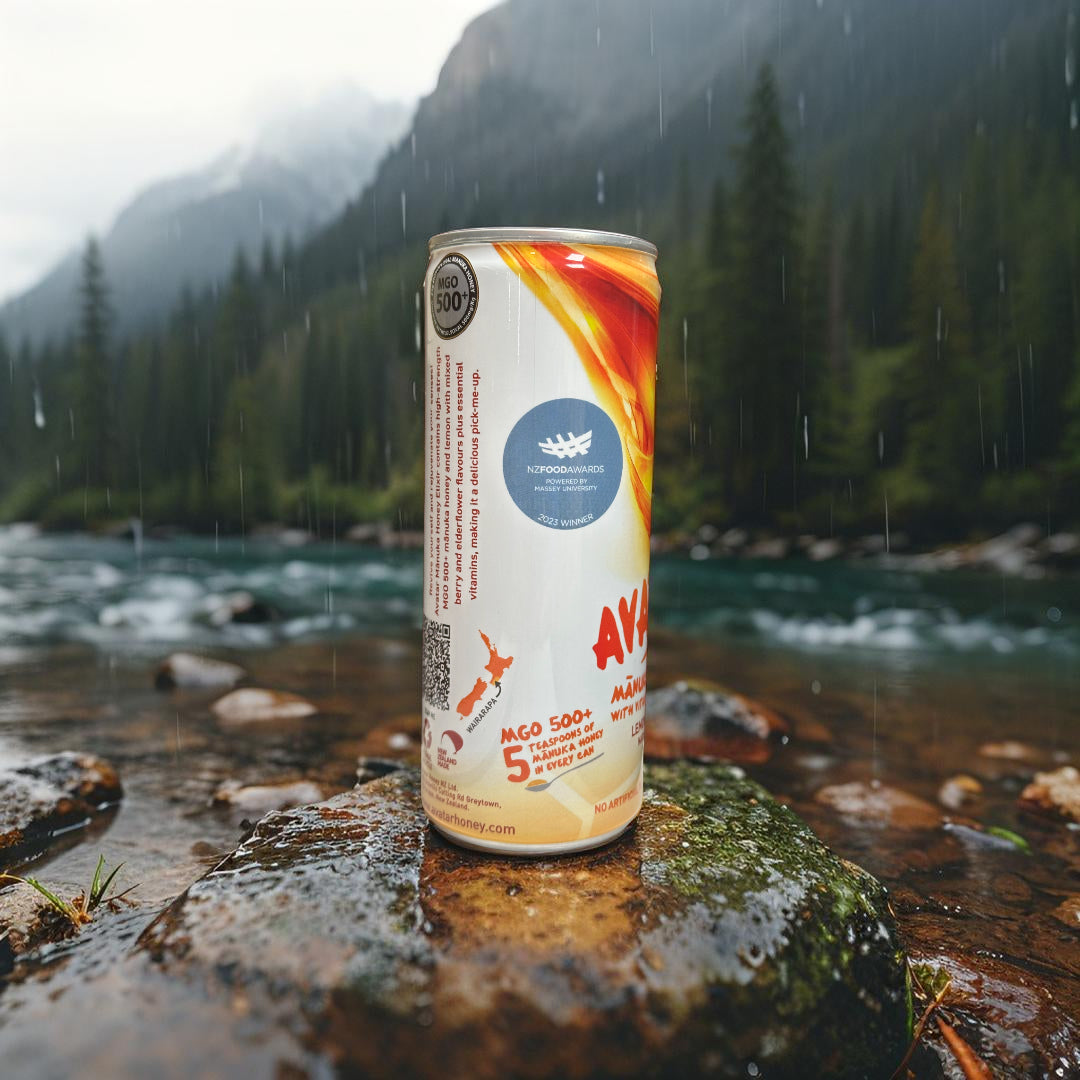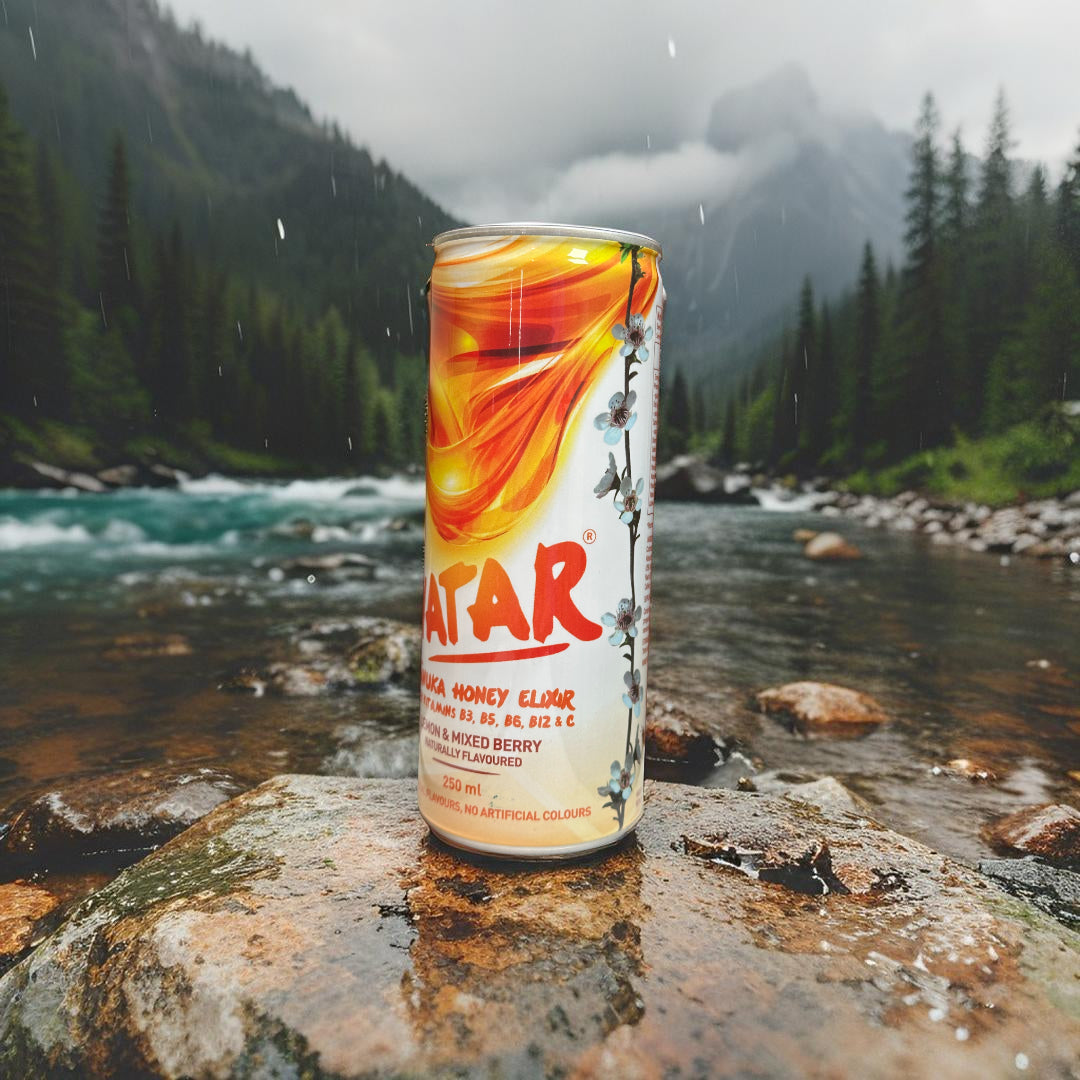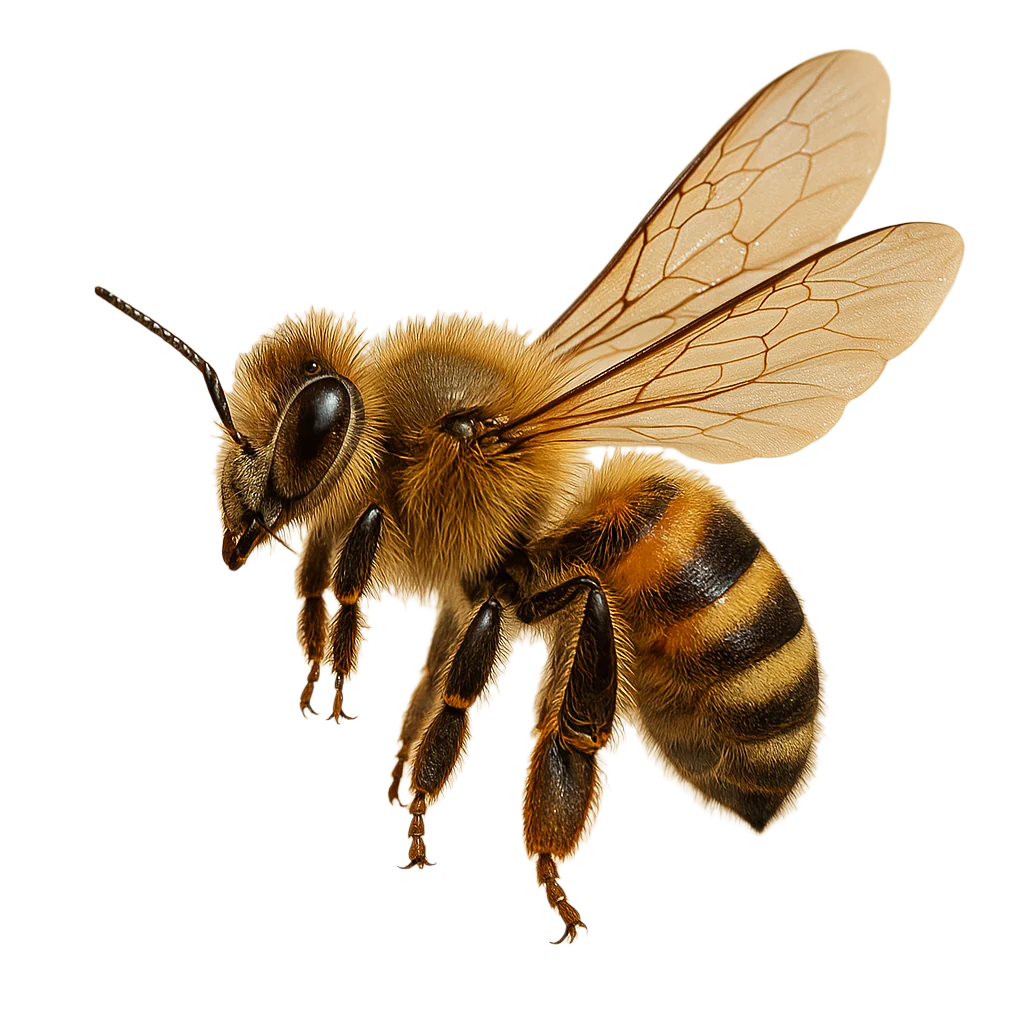🌸 Where Manuka Honey Begins: The Plant That Started It All
Everyone’s heard of Manuka honey. But what about the plant that makes it possible?
It all starts with a wild, native shrub known as the Mānuka bush, a resilient plant that grows in some of New Zealand’s most rugged, untouched landscapes. And while Manuka honey has gained global fame, the story of the flower behind it is just as remarkable.
🌿 Meet the Mānuka Plant
Known scientifically as Leptospermum scoparium, the Mānuka plant is a hardy evergreen shrub native to Aotearoa New Zealand. It thrives in tough environments, from coastal hillsides to subalpine terrain, often in acidic soils where little else survives.
The name “Mānuka” comes from te reo Māori, and the plant holds deep cultural significance. Māori have used it for centuries in rongoā (traditional medicine), brewing leaves into teas for fevers, using bark poultices for wounds, and steaming it to ease congestion. Early European settlers adopted this too, giving rise to its nickname: “tea tree.”
🌸 A Bloom That Doesn’t Last Long
The Mānuka bloom is famously fleeting. Typically flowering from late spring to early summer, the season can last just 2 to 6 weeks, and is highly affected by wind, rain, and temperature. In bad weather, bees may only have a 2-week window to forage nectar. That scarcity is part of why Manuka honey is so special.
Different trees produce different nectar potency, depending on age, soil, sunlight, and even genetics. This affects the MGO level of the resulting honey, which is why region and timing matter so much in high-grade honey production.
🌱 Growth, Lifespan & Ecological Role
Mānuka plants can grow up to 4–5 metres tall and live 20–60 years depending on conditions. As a pioneer species, they are often the first to regenerate disturbed landscapes. Their dense growth helps prevent erosion and encourages native forest recovery. The flowers also support pollinators, not just bees, but native insects and birds too.
🧪 More Than Just Honey: Oils and Remedies
Today, Mānuka’s leaves are steam-distilled into essential oil, known for its earthy scent and natural antibacterial properties. It’s used in soaps, salves, and herbal blends, especially for skin care. While honey gets the spotlight, the entire plant has long been valued for both external and internal wellness uses.*
🐝 From Flower to Functional Elixir
When bees gather nectar from Mānuka flowers, they bring back dihydroxyacetone (DHA), which converts into methylglyoxal (MGO) in the hive. This is what makes Manuka honey so powerful, and what gives Avatar Elixir its unique, natural strength.
Every can of Avatar contains 25g of MGO500+ Manuka honey, harvested from remote, unblended sites in New Zealand. It’s a connection to wild landscapes, rare blooms, and the tireless work of bees all in one clean, craveable drink.
👀 Want to Taste the Mānuka Story?
Try Avatar Elixir and experience the flavour, energy, and wellness behind one of nature’s most remarkable plants.
And if you’re curious about how we go from hive to can, here’s the full story →
*This content is for educational purposes only and does not offer medical advice. For individual wellness needs, always consult a health professional.

